Identifying Northern Cardinals:
This fairly large songbird is easily identifiable with its long tail, short thick bright orange beak, prominent crest, and long tail. Measuring between 8.3 and 9.1 inches in length with a wingspan ranging from 9.8 to 12.2 inches, the Northern Cardinal is a species with sexual dimorphism meaning the male and female have very distinct coloration. Male cardinals are a brilliant red all over with a black accent on its face directly around the bill.

Attracting Northern Cardinals to Your Feeder:
The Northern Cardinal's diet consists of seeds and fruit, supplementing these with insects when available. These birds can easily be attracted to a variety of feeder types and they can also frequently be found feeding on the ground, usually in pairs, below feeders as well. Black oil sunflower and safflower are seeds commonly fed to attract these birds.
Some common fruits and seeds that these birds eat that can be added to your landscape include dogwood, sedges, mulberry, hackberry, blackberry, sumac, and tulip-tree. Insects they feed on include certain beetles, crickets, katydids, leafhoppers, cicadas, flies, centipedes, and spiders so it is important to limit or avoid the use of pesticides in your landscape whenever possible.


Nesting:
Nests are often found 1 to 15 feet off the ground in a tree, shrub, or vine tangle, tucked into a fork of smaller branches hidden in the denser parts of the foliage. The breeding pair will often begin visiting potential nest sites one to two weeks before they start building. When the time comes, the female constructs the nest with the male sometimes contributing by bringing her materials which she builds into a cup consisting of four layers. The base layer consists of coarse twigs which is covered in a leafy mat, followed by grapevine bark, and finally topped off with a layer of grasses, stems, or pine needles. The finished nest is typically 4 inches across and 2-3 inches tall with an inner depression with a diameter of 3 inches.
Eggs are 0.9-1.1 inches in length, 0.7-0.8 inches in width, and are grayish to greenish white with pale gray to brown speckling. Clutches typically consist of 2-5 eggs and will hatch after an 11-13 day incubation period. Hatchlings will usually remain in the nest for an additional two weeks before fledging. While Northern Cardinals may have 1-2 broods per year, each nest is used only once.


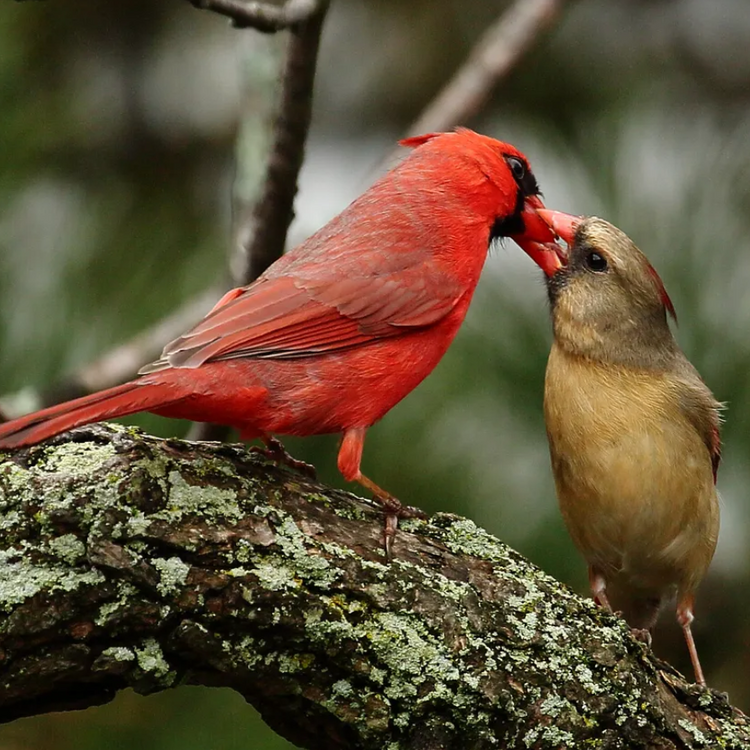




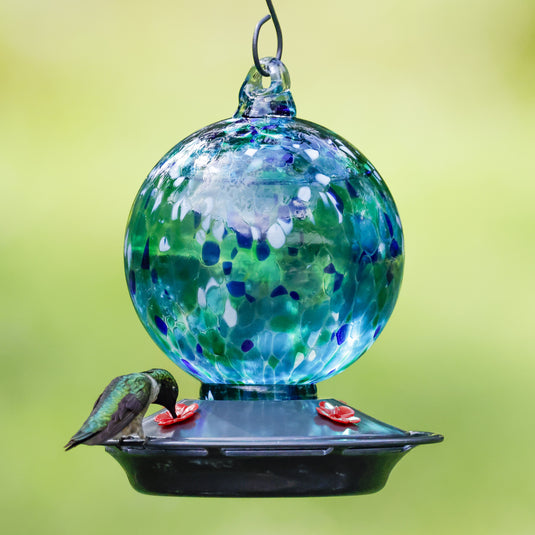
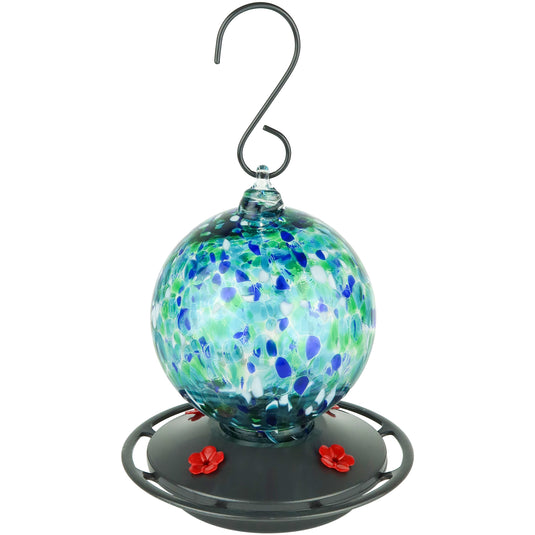


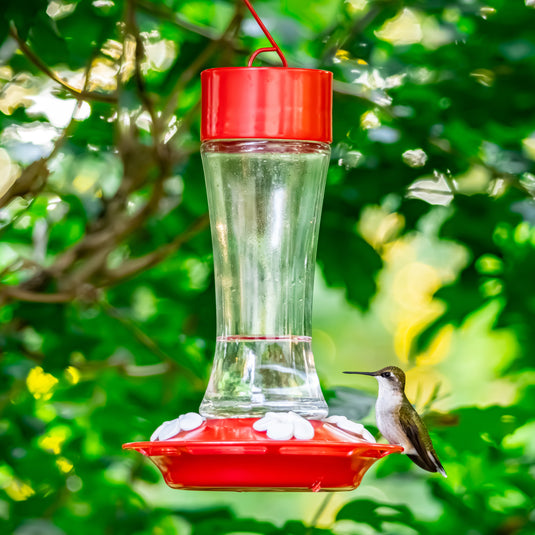
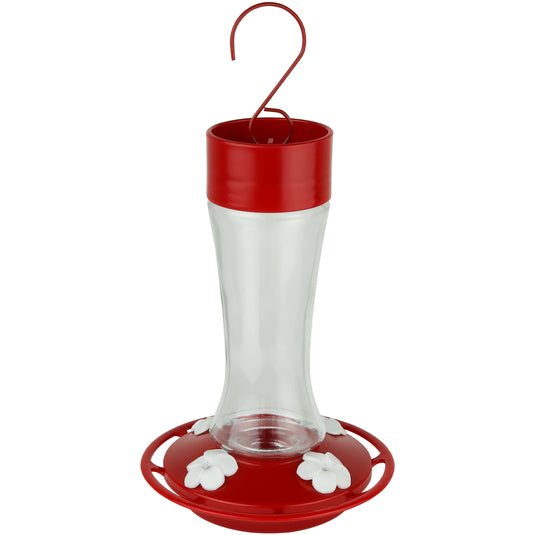
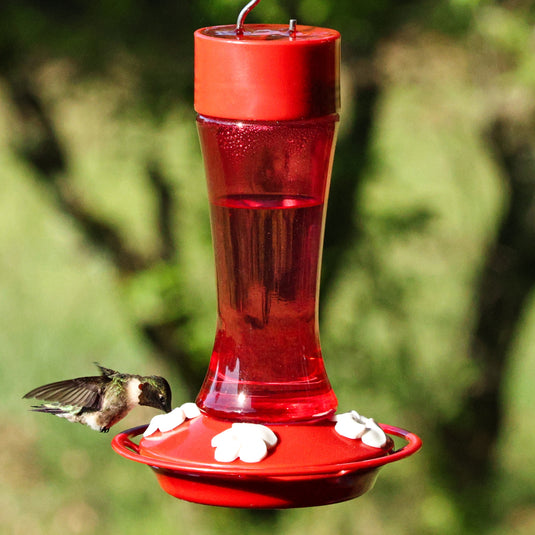
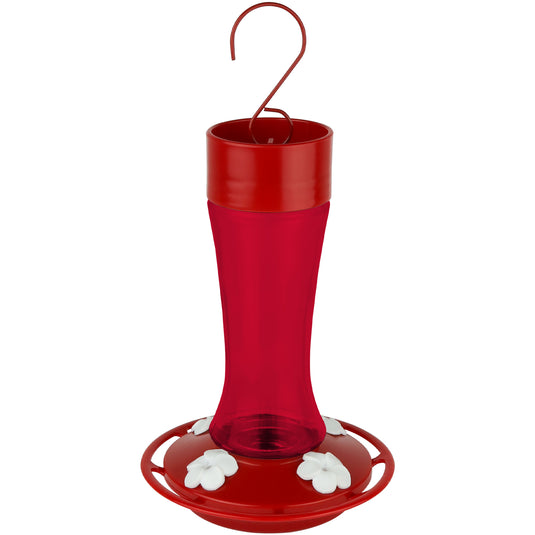
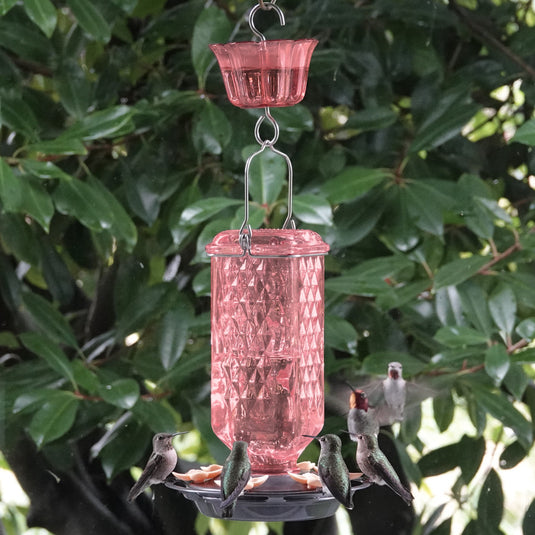
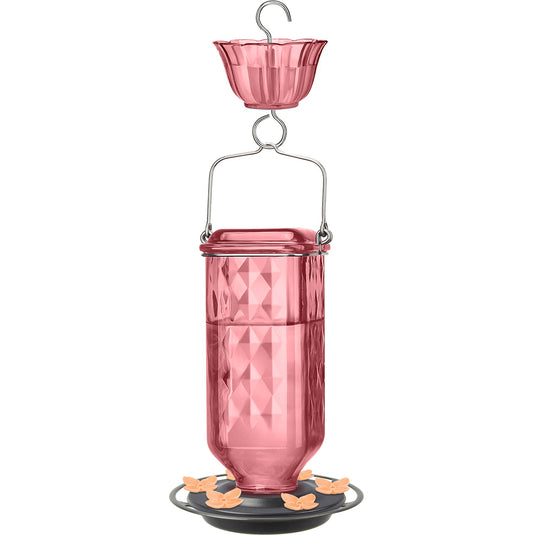
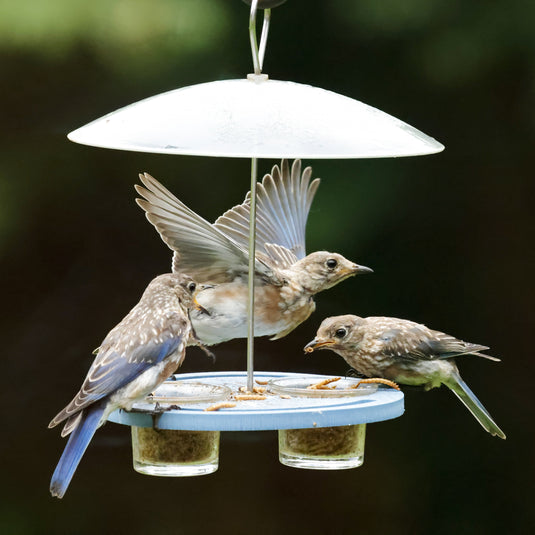
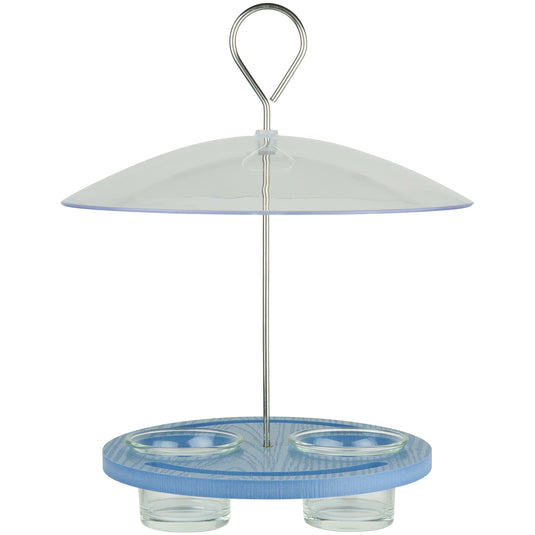
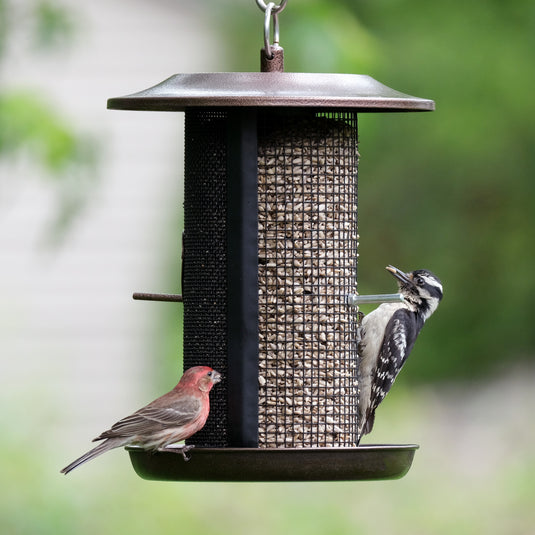

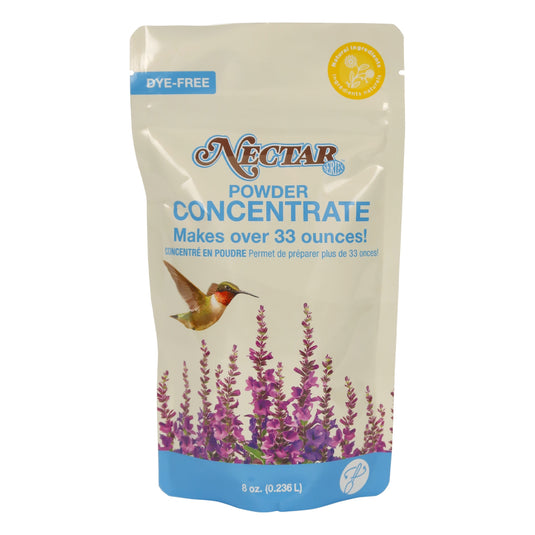
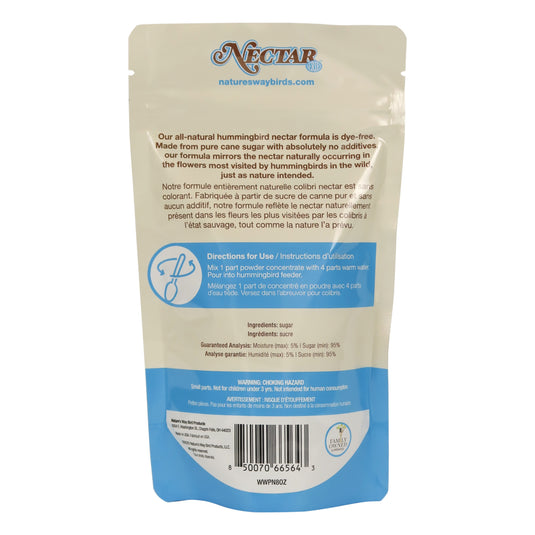

Hi Betty. Thanks for reaching out! Cardinals don’t migrate so they will seek shelter in places like holes in trees or dense areas of greenery to roost. You can often catch them fluffing out their feathers to stay warm in the cold weather! See our blog on winter feeding tips if they apply to the area where you live. Happy birding!
Where do these northern cardinals nest in the winter.